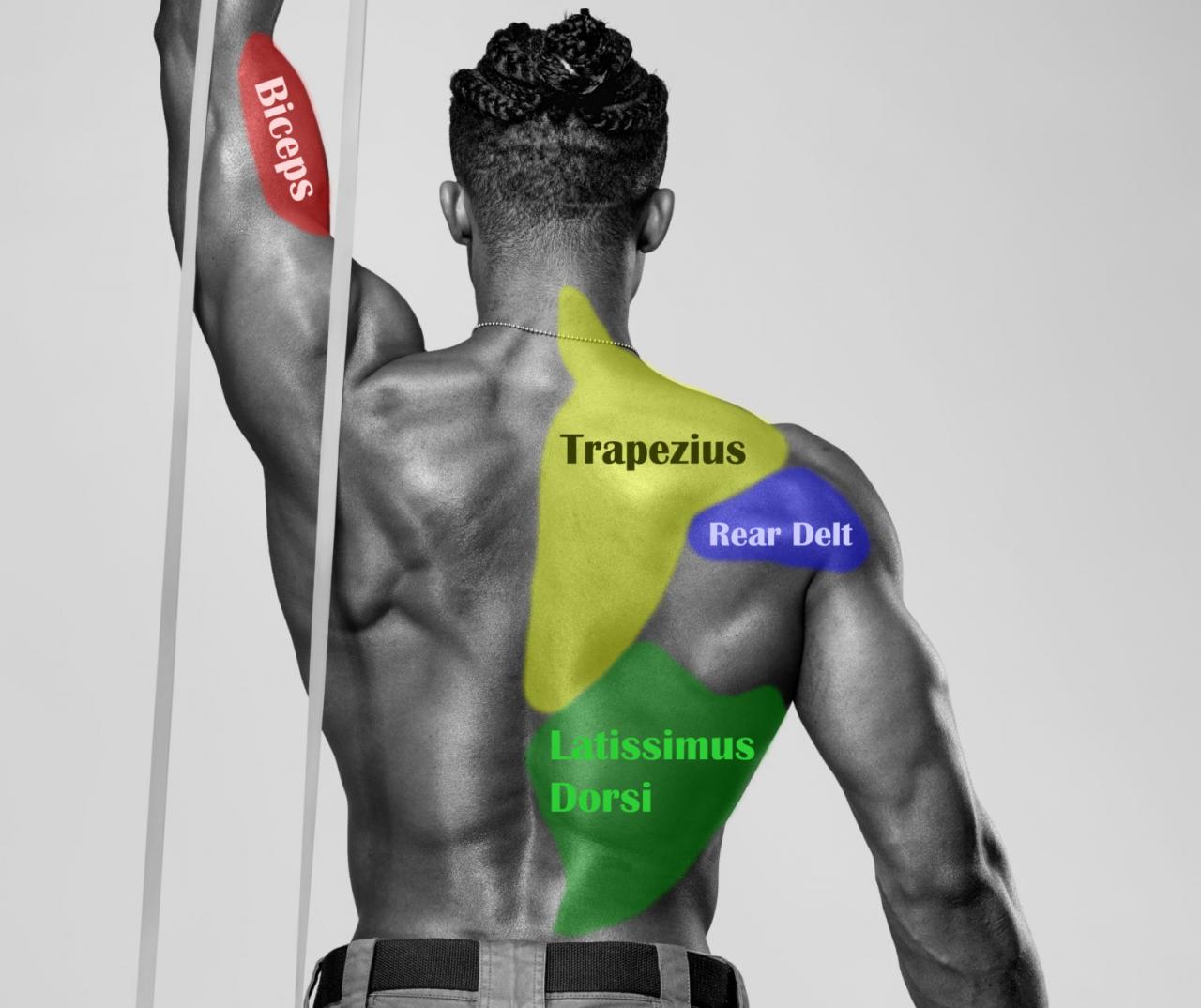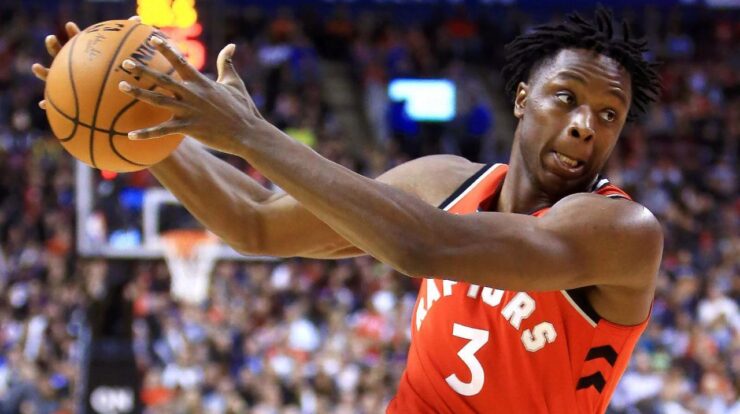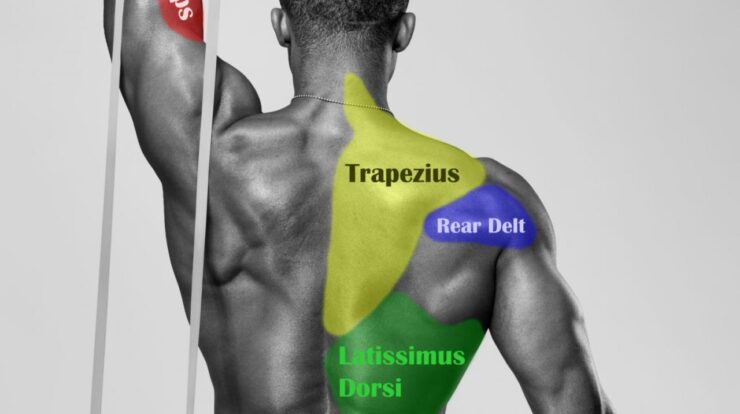
Unveiling the intricacies of the back muscles, this guide delves into their anatomy, function, and the myriad benefits of strengthening them. Prepare to enhance your posture, stability, and overall mobility as we explore the essential role these muscles play in our physical well-being.
From detailed descriptions of each muscle group to practical exercises and recovery tips, this comprehensive resource empowers you to cultivate a strong and resilient back.
For those who want to express their love and appreciation for their own mothers, there are countless Mother’s Day wishes that can be shared. Whether it’s a simple message of love or a heartfelt poem, every mother will appreciate the gesture.
Back Muscles
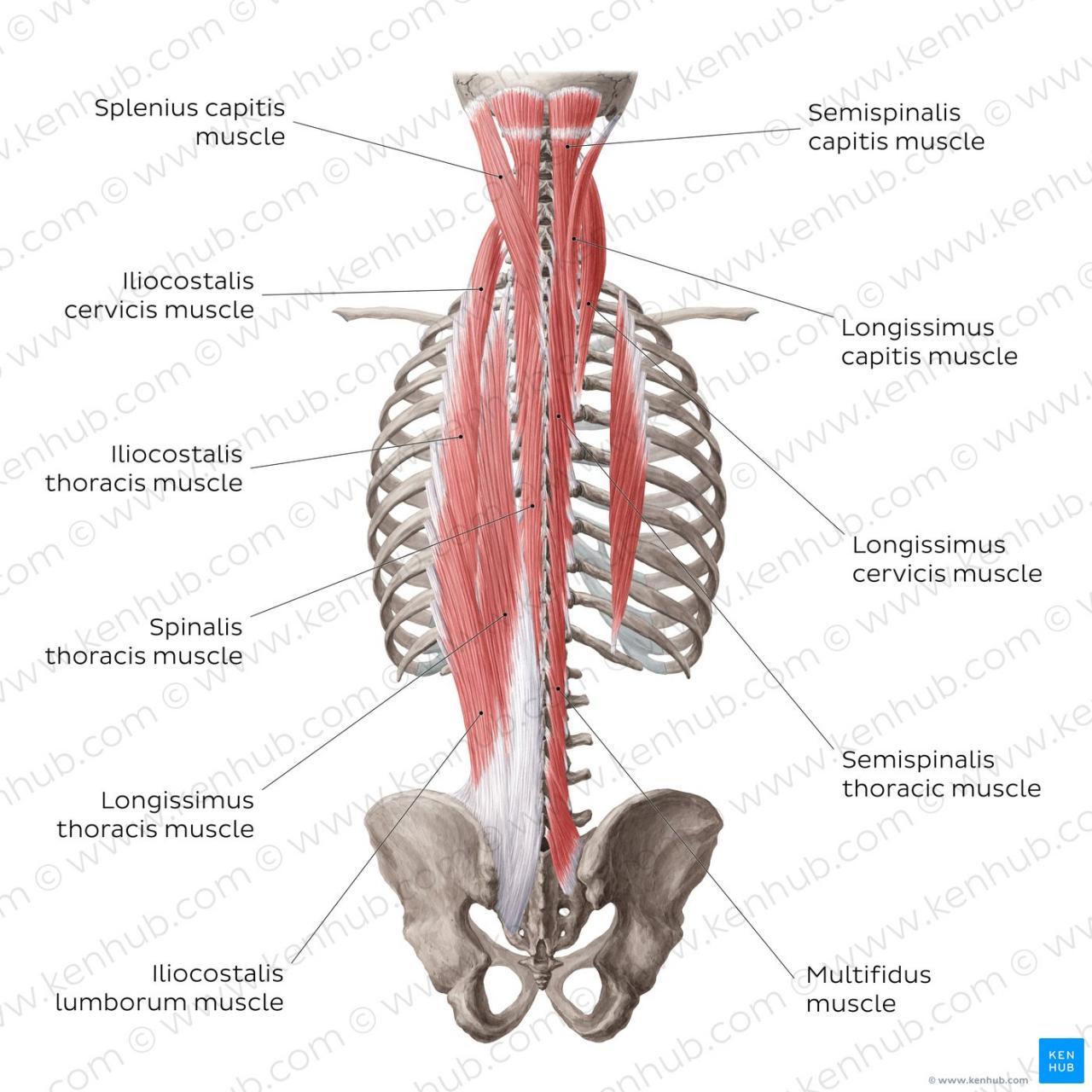
The back muscles are a complex and important group of muscles that support the spine, facilitate movement, and maintain posture. Understanding their anatomy, functions, and proper training techniques is crucial for overall health and well-being.
Mother’s Day is a special day to celebrate all the mothers in our lives, and many are taking to social media to express their love and appreciation. One heartwarming post that has gone viral is a photo of a woman holding a sign at a Michigan grocery store that reads, “Happy Mother’s Day Sis!” The sign has sparked a conversation about the importance of recognizing all mothers, including those who may not have biological children.
Back Muscle Anatomy
The major muscle groups of the back include:
- Trapezius:Extends from the base of the skull to the middle of the back, supporting the neck and shoulders.
- Latissimus Dorsi:The largest back muscle, located on the sides of the back, responsible for adduction and extension of the arm.
- Rhomboids:Located between the shoulder blades, retracting and rotating the scapula.
- Erector Spinae:Runs along the spine, supporting the spine and extending the back.
- Multifidus:Deep muscles located along the spine, providing stability and fine motor control.
Exercises for Back Muscles
Effective exercises for targeting the back muscles include:
- Barbell Row:Strengthens the lats, traps, and erector spinae.
- Pull-Ups:Develops the lats, traps, and biceps.
- Deadlift:A compound exercise that engages the entire back, including the erector spinae and hamstrings.
- Lat Pulldown:Isolates the lats and improves back thickness.
- Hyperextensions:Strengthens the lower back and erector spinae.
Benefits of Strengthening Back Muscles
Strong back muscles provide numerous functional benefits, including:
- Improved Posture:Back muscles support the spine and prevent slouching.
- Enhanced Stability:Strong back muscles stabilize the body during activities like walking and running.
- Increased Mobility:Back muscle flexibility allows for a wider range of motion and improved overall mobility.
Back Muscle Imbalances
Common back muscle imbalances include:
- Upper Trapezius Overdevelopment:Can lead to neck pain and headaches.
- Weak Lower Back Muscles:Can cause lower back pain and instability.
- Weak Rhomboids:Can contribute to rounded shoulders and poor posture.
Recovery and Rehabilitation
Proper recovery and rehabilitation are essential for back muscle health:
- Stretching:Regularly stretching the back muscles improves flexibility and reduces tension.
- Foam Rolling:Using a foam roller helps release muscle knots and improve blood flow.
- Rest:Adequate rest allows the muscles to repair and rebuild.
Training Considerations
For effective back muscle training:
- Frequency:Train the back 2-3 times per week.
- Intensity:Use weights that challenge you while maintaining good form.
- Volume:Aim for 8-12 repetitions per set.
- Progression:Gradually increase weight or resistance over time to continue stimulating muscle growth.
Final Review: Back Muscles
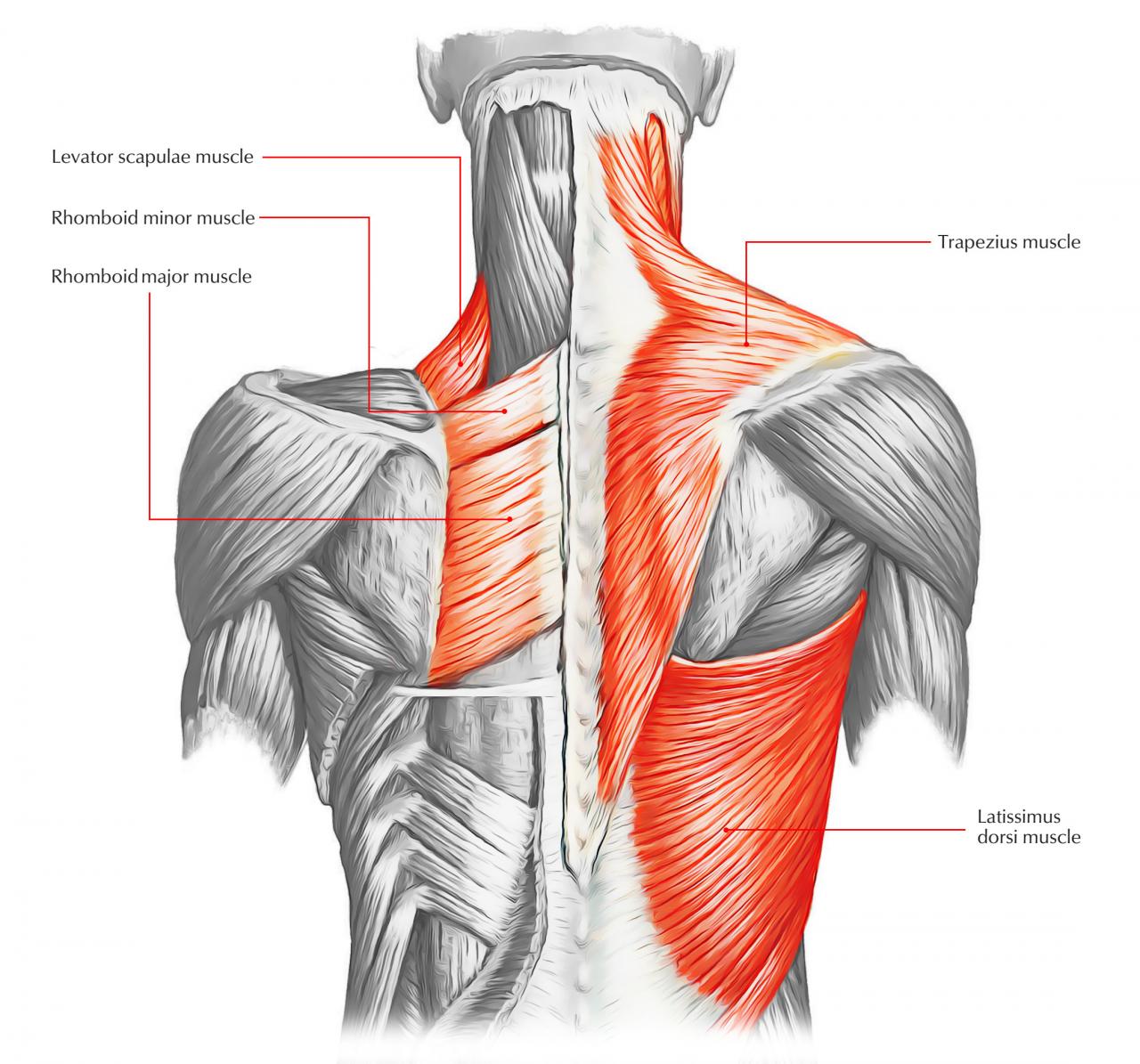
Embarking on a journey to strengthen your back muscles not only enhances your physical capabilities but also unlocks a world of improved posture, stability, and mobility. Remember, consistency and proper technique are key to maximizing the benefits of back muscle training.
Embrace the knowledge imparted in this guide and transform your back into a beacon of strength and functionality.
FAQ Summary
What are the major muscle groups of the back?
The major muscle groups of the back include the trapezius, latissimus dorsi, rhomboids, erector spinae, and the smaller muscles that support the spine.
How can I strengthen my back muscles?
Effective exercises for strengthening the back muscles include pull-ups, rows, deadlifts, and back extensions.
For those who have lost their mothers, Mother’s Day can be a bittersweet time. In memory of their loved ones, many are sharing messages of love and remembrance on social media. One such post that has touched many hearts is a tribute to a mother who has passed away, with the caption “Happy Heavenly Mother’s Day Mom!” The post serves as a reminder that even though our mothers may be gone, their love and spirit live on in our hearts.
What are the benefits of having strong back muscles?
Mother’s Day is a day to celebrate all the amazing women in our lives who have played the role of a mother, whether they are biological mothers, stepmothers, grandmothers, or any other mother figure. To express our gratitude and appreciation, many are sharing heartfelt wishes and messages on social media.
One popular post that has been widely shared is a collection of Mother’s Day wishes for all moms, reminding us that every mother deserves to be celebrated.
Strong back muscles improve posture, reduce the risk of back pain, enhance stability, and support overall mobility.
